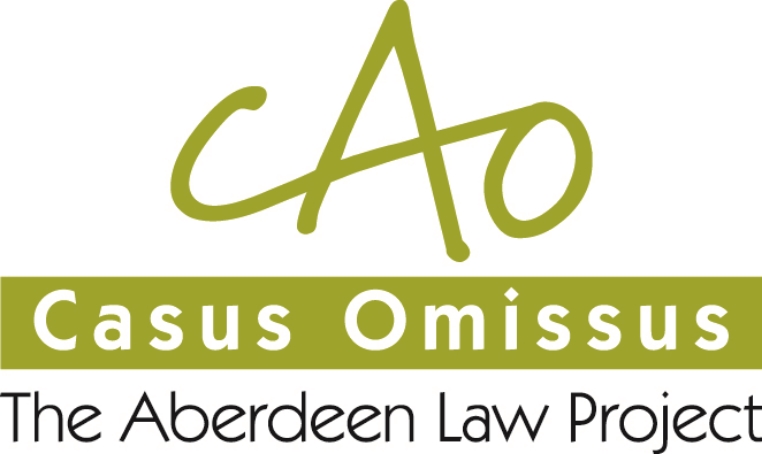Before 2017, the purchase and sale of nicotine vapour products (NVPs) was very much open to those under the age of 18. However, new regulations introduced in April 2017 by the Health (Tobacco, Nicotine etc. and Care) (Scotland) Act 2016 added new restrictions, with the most notable being the banning of such products being sold to, or bought for, individuals under 18. The changes in the law have affected retailers but perhaps more importantly, have impacted many children who either use NVPs or smoke tobacco cigarettes. However, whether such regulations - in its attempt to safeguard children - is in fact causing more harm than good is a matter to be considered.
Recent research conducted in 2014 showed that 3% of British youngsters aged 16 and under were regular smokers, and that approximately 18% of children under 16 had tried smoking. Despite this being significantly lower than previous records due to the implementation of stricter regulations, children still seem to have (albeit limited) access to tobacco products leading to a number of them becoming addicted. Arguably, banning under 18s from having access to NVPs should perhaps be approached with prudence as voiced by the campaign group Action on Smoking and Health (ASH) Scotland.
NVPs are attributed to being the most effective method in countering a tobacco habit with users being 60% more likely to quit than individuals using other forms of nicotine replacement therapy, as per a study led by the University College London in 2014. Therefore, the new laws seem to be restricting underage smokers from having the best opportunity to curb their possible addiction, thus seeming to be more harmful than helpful. Furthermore, it is known that the health consequences through the use of NVPs are significantly lower than the use of cigarettes, and thus should not be wholly discounted as a form of nicotine rehabilitation for under 18s. Campaigners suggest that stronger e-cigarettes required by those attempting to quit smoking should hence be regulated as a medicine by the Medicines and Healthcare Products Regulatory Authority
Despite this, those in favour of the new regulations aimed at under 18s maintain that although NVPs are safer than traditional tobacco cigarettes, and can be effective in helping people quit smoking, children should still not have access to them. This is mainly due to concerns that NVPs could re-normalise smoking by acting as a gateway to picking up the habit. Although the statistics presented by the 2014 Childhood Exposure to Tobacco Smoke study are not necessarily representative of Scotland, they showcase alarming trends in which 6% of 10 and 11 year olds in Wales who were found to have used e-cigarettes were also likely to smoke tobacco in the future.
Additionally, the new regulations have not necessarily been effective in monitoring the sale of such devices to those who are underage. It was found by Trading Standards in England during the first quarter of 2016 that almost 40% of vendors sold NVPs to under 18s. Although the majority of these sales came from non-reputable retailers, there was still an alarmingly high number of such sales being found at discount and specialist NVP stores. This suggests that there is no guarantee that the new laws implemented in Scotland (which are identical to the English provisions) will be sufficient in safeguarding under 18s, despite there being strong penalties in situations of non-compliance.
Another downfall in the current regulation is the fact that it is not illegal for a young person to possess, use, or try to buy e-cigarettes as is the case with tobacco cigarettes. As it is perhaps not viable to enforce penalties on underage users, focus must therefore be placed on retailers, whereby stronger and more consistent monitoring mechanisms must be put in place with regard to the practices of relevant retailers in relation to children. More vigilant efforts in observing the actions of retailers would arguably ensure under 18s are sufficiently protected and thus saves the new regulations from being implemented in vain.
Upon reflection, it is clear that although NVPs are found to be less harmful than tobacco products, they should not necessarily be promoted as being a long-term substitute to smoking for those who are under the age of 18 unless such products are regulated for medicinal purposes. Rather, e-cigarettes and other related products should only be confined to adults who are likely to have been smoking regularly for a long period time as a means of weaning themselves off a nicotine addiction. By allowing children to have access to NVPs it serves as a slippery slope whereby individuals may become accustomed to the general notion of smoking in a society which has fought to vilify this habit. Thus, it can be held that the new laws in place are sufficient to an extent in protecting under 18s, however, greater legal efforts are required to deter and prevent retailers from selling such products to young individuals.

